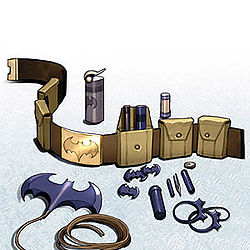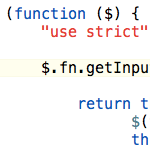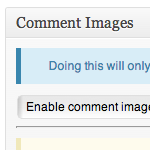A few months ago, I did a series of articles on Design Patterns in WordPress that was meant to provide an introduction to object-oriented design patterns, and how they can be used when developing projects on top of WordPress.
When it comes to working with WordPress, code is normally written one of two ways:
- Procedural
- Object-oriented
For procedural programming, think of `functions.php` in theme development, and for object-oriented think of plugins. This isn’t to say that procedural programming isn’t used in plugins – it often is (case in point: Markdown Code For WordPress) – but so are object-oriented techniques (see the WordPress Plugin Boilerplate).
In short, decide patterns exist for a reason: They are proven solutions to common problems that appear in software development.
Yes, they may have to be tweaked a bit for a given situation, but the definition, structure, and so on remains the same. The thing is, I don’t often see many design patterns used throughout WordPress product development.
To be clear, I’m not talking about WordPress core, I’m talking about products built on top of WordPress. Perhaps I’ve just not done enough digging or paid enough attention to some of the work that’s out there, but I think if we – as developers – spent time working on implementing design patterns in our work, projects could have much more longevity rather than devolving into spaghetti code that’s so often found in WordPress work.
Continue reading






